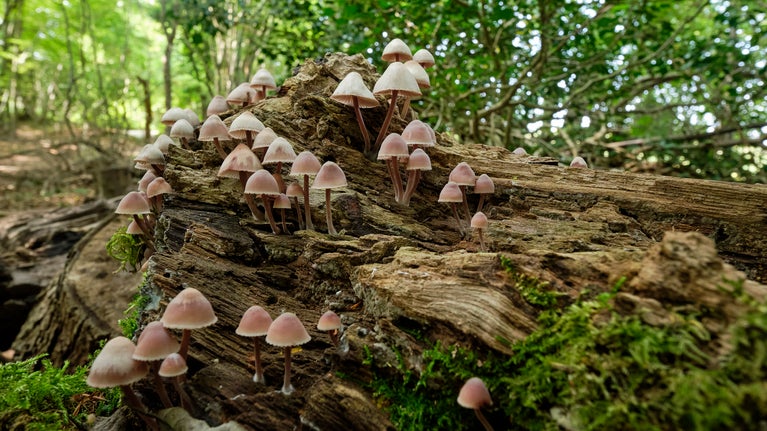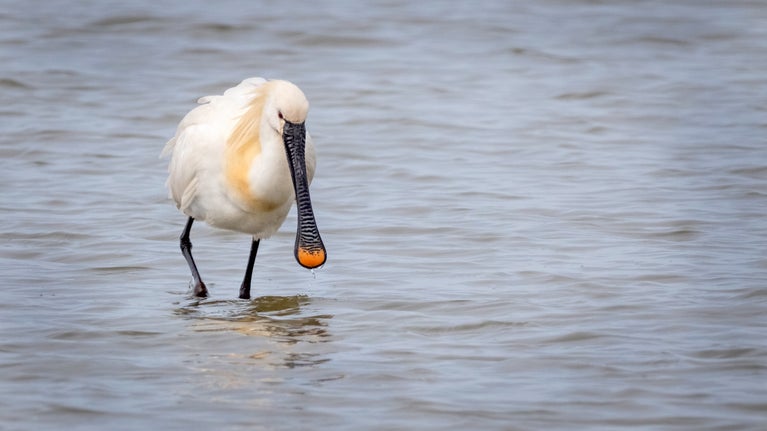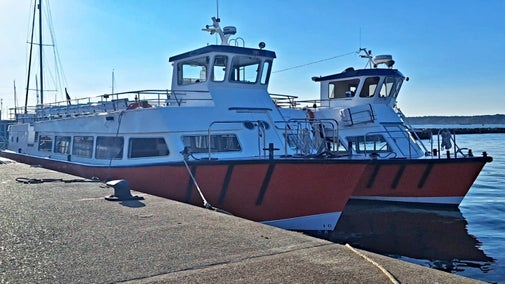
Donate
Everyone needs nature, now more than ever. Donate today and you could help people and nature to thrive at the places we care for.


Feeding the red squirrels from your hand encourages them to become tame and puts them at greater risk from disease and predators. Diseases including leprosy and staphylococcus aureus (and the related fatal exudative dermatitis) are transmissible between humans and squirrels. They are wild animals and should be treated as such. Excessive feeding attracts pests such as rats which are a threat to young squirrels and other wildlife. Pests are a vector for diseases affecting both humans and squirrels. There is an abundant natural food source on the island. You can still get great photos of the red squirrels without putting food down. Here's a few tips from us: Keep as still and as a quiet as possible. Have your camera out and ready to shoot. Keep a low profile. Be patient.

Red squirrels are an endangered species in the UK due to the loss of their woodland habitat and the introduction of the American grey squirrel.
While both species of squirrel have a similar role in the ecosystem in that they are small woodland mammals that spread the seeds of trees, red squirrels are a particularly important asset in the regeneration of pine woodlands.
Reds are specially adapted to feed on the seeds in pine cones and greys tend to favour broadleaf woodland where many other animals can do the job of spreading the seeds, such as birds.
If red squirrels became extinct in the UK, it would not only have a negative impact on our pine woodland regeneration but we would also lose one of our most iconic native mammals.
Red squirrels are most active in spring and autumn, so a visit during those seasons is the most likely to be rewarded with sightings.
They're usually spotted during the quieter times of the day, so a good time to spot them is when we first open or later in the afternoon before we close.
You could also stay overnight on the campsite and go red squirrel spotting when it’s quieter.
Try your luck on the Woodland Walk and don't forget to look up, down and all around.
Red squirrels are most often found in the coniferous woodland areas, feasting on nuts and seeds, or you may find pine cones that have been nibbled, leaving what looks like a nibbled corn on the cob.
Squirrels have been spotted on the woodland walk, near the Church, either posing for photographers or leaping between the oaks. Another good place to try is by the feeders up by the Villa on the Dorset Wildlife Trust managed area.
The Dorset Wildlife Trust manage the lagoon and wetland areas and there is a suggested donation of £2 to enter this part of the island, which includes access to hides and admission to the Wildlife and Wetland Centre.
Live webcams installed by the Dorset Wildlife Trust and Birds of Poole Harbour offer the chance to watch the comings and goings live. Catch up with all the action here.

Everyone needs nature, now more than ever. Donate today and you could help people and nature to thrive at the places we care for.
Discover how a team from the National Trust support the woodland residents on Brownsea Island, Dorset.

In this article you'll find all you need to know to plan your visit to Brownsea, including how to get here by ferry.
